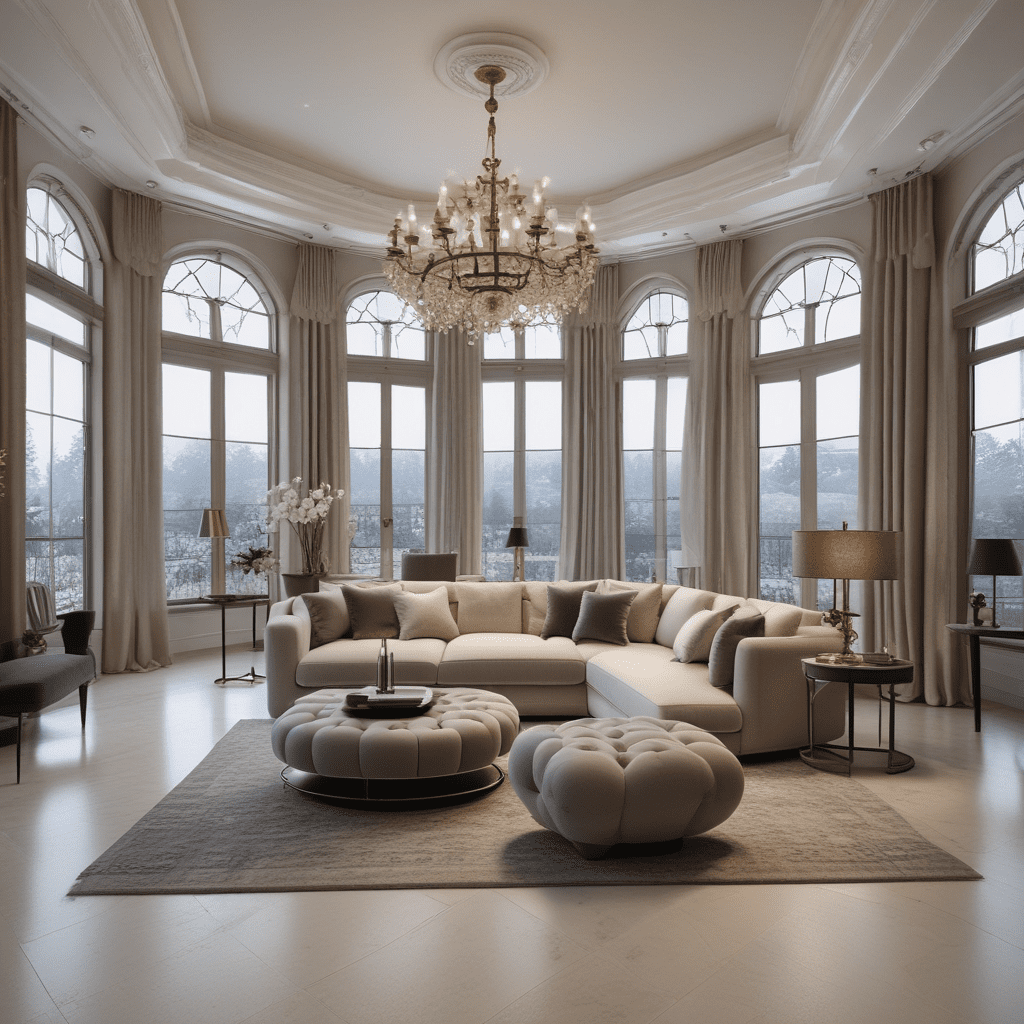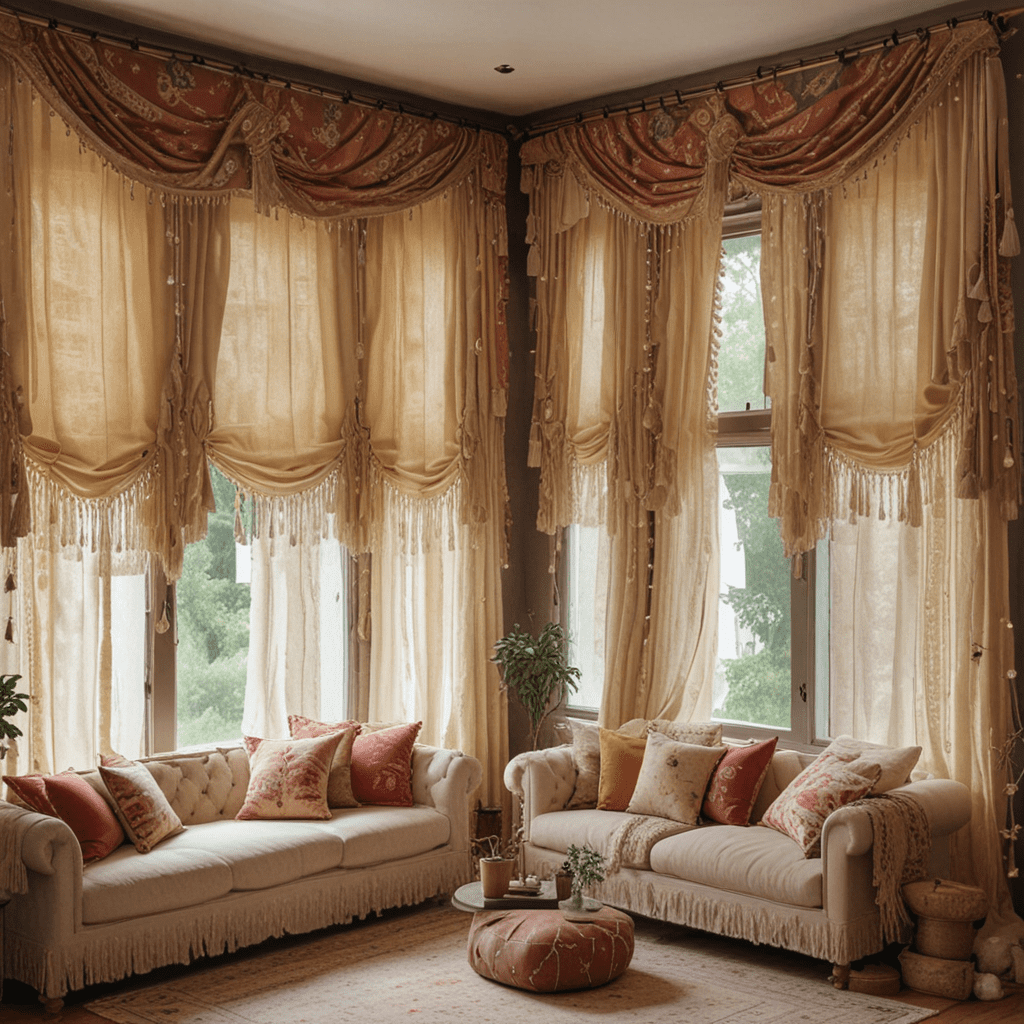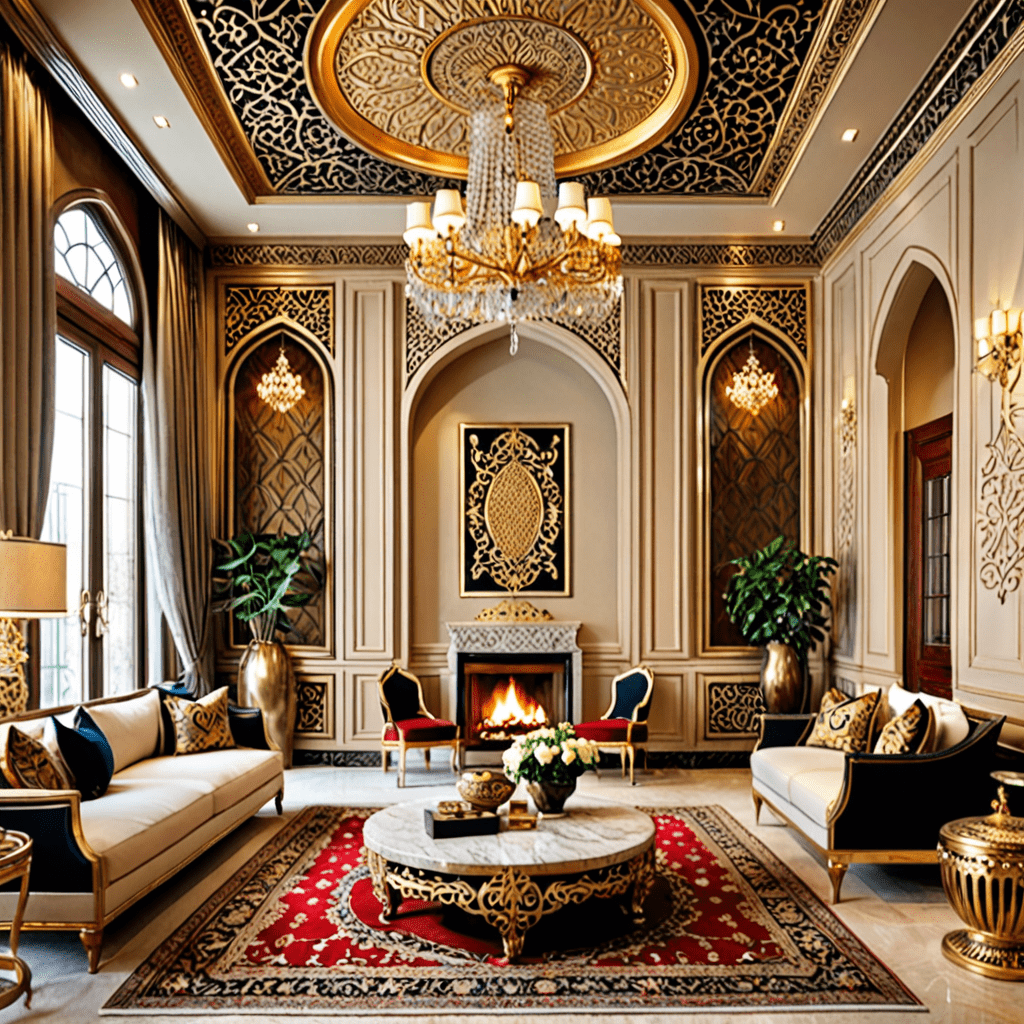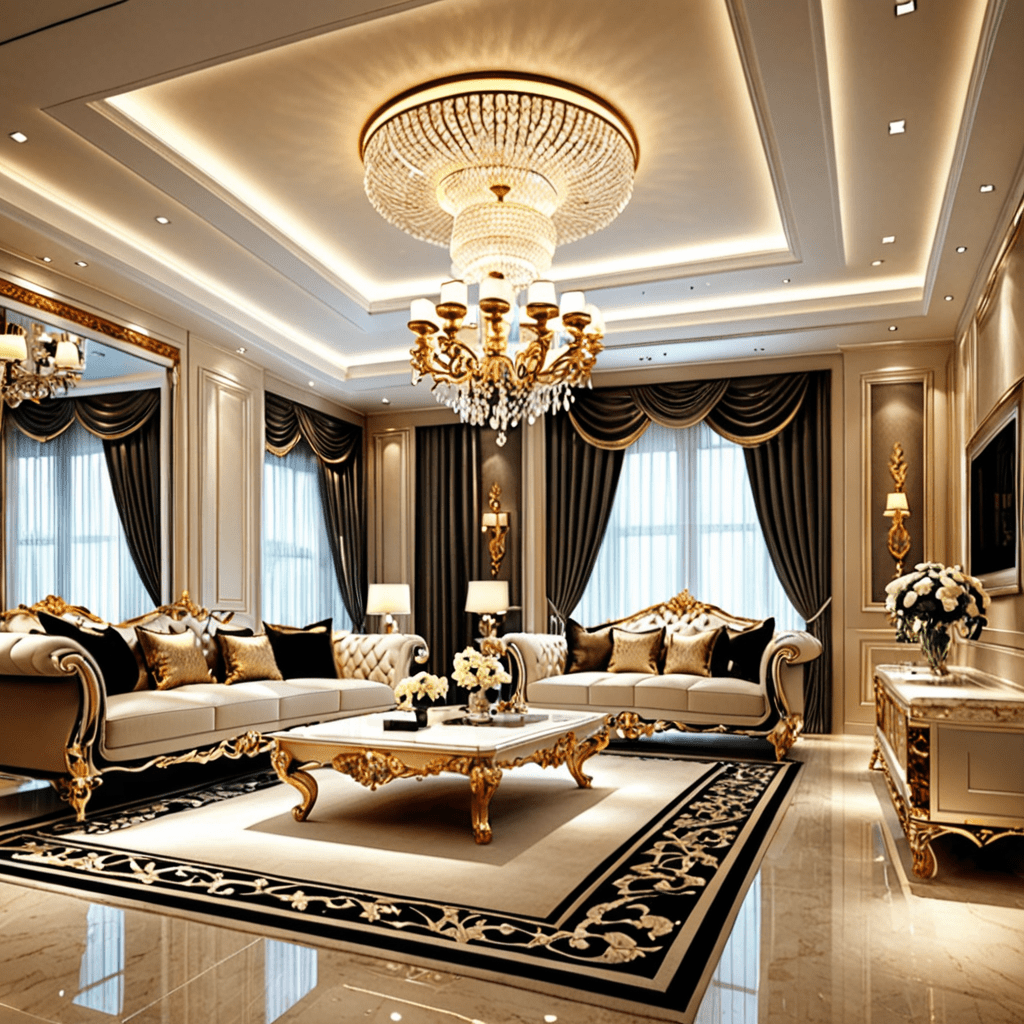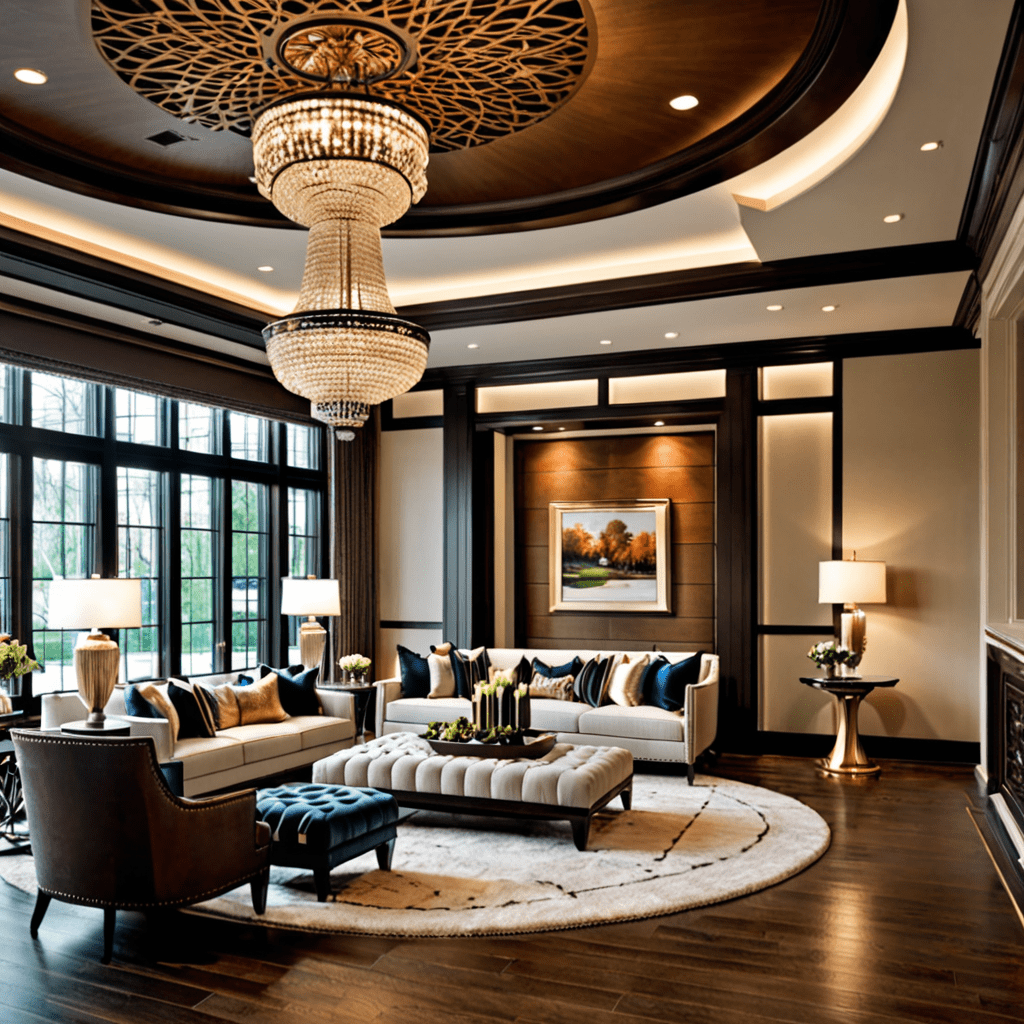Best Interior Design Ideas for a Modern Japanese Home


Exploring Modern Japanese Interior Design: A Fusion of Tradition and Minimalism
Japan is well-known for its rich cultural heritage, beautiful landscapes, and unique design aesthetics. When it comes to interior design, the modern Japanese style has gained popularity worldwide for its simplicity, tranquility, and harmony. This design approach blends traditional elements with minimalistic principles to create an inviting and serene living space. In this article, we will delve deeper into the world of modern Japanese interior design, exploring its key features, materials, color schemes, and how to incorporate this style into your home.
Key Features of Modern Japanese Interior Design
The modern Japanese interior design is characterized by several key features that contribute to its distinct and peaceful ambiance:
1. Natural Materials and Elements
In modern Japanese interior design, natural materials take center stage. From wooden flooring to stone accents, the use of organic elements adds warmth and an authentic touch to the space. Bamboo, rattan, and paper are also commonly used for furniture and room dividers, reflecting the traditional Japanese craftsmanship.
2. Simple and Clutter-Free Layout
Minimalism is a fundamental aspect of modern Japanese interior design. The layout is clean, uncluttered, and focuses on functionality. Furniture is typically kept low to the ground, and multi-purpose pieces are favored to optimize space. This simplicity allows for easy movement and creates a calming atmosphere in the room.
3. Neutral Color Palette
Neutral colors dominate the modern Japanese interior design, creating a tranquil and harmonious ambiance. Shades of beige, white, gray, and earthy tones are preferred to maintain a serene atmosphere inspired by nature. These colors also help accentuate the natural materials and bring a sense of balance to the space.
4. Shoji Screens and Fusuma Sliding Doors
Traditional Japanese sliding screens, known as shoji and fusuma, are often incorporated into modern Japanese interior design. These screens allow for flexibility in dividing spaces and provide privacy while still allowing natural light to filter through. Made of translucent paper or fabric, they add a touch of elegance and functionality to the overall design.
5. Minimalistic Furniture and Decor
Furniture and decor in modern Japanese interior design are characterized by clean lines, simplicity, and functionality. Low-profile seating, such as floor cushions or wooden chairs, is commonly used. Minimalistic artwork and carefully selected decorations, such as ikebana (Japanese floral arrangements) or bonsai trees, add a touch of nature and tranquility to the space.
6. Zen-Inspired Elements
The concept of Zen plays a significant role in modern Japanese interior design. Zen principles, such as simplicity, mindfulness, and harmony, are reflected in the overall design. Water features, such as indoor fountains or small rock gardens, are sometimes incorporated to create a sense of serenity and balance.
Incorporating Modern Japanese Design into Your Home
Whether you live in a spacious house or a compact apartment, you can bring the essence of modern Japanese interior design into your own space. Here are a few tips to get you started:
- Embrace Minimalism: Declutter your space and create an uncluttered layout. Opt for furniture with clean lines and multifunctional purposes.
- Natural Materials: Incorporate natural materials such as wood, stone, and bamboo into your interior design. Consider using traditional Japanese materials like tatami mats or shoji screens.
- Neutral Color Palette: Stick to a neutral color palette, focusing on earthy tones and subtle accents. Avoid bold and bright colors that may disrupt the overall harmony.
Furniture Placement: Keep furniture low to the ground and allow for open spaces. Utilize sliding screens or room dividers to separate areas while maintaining an open and airy feel.
Zen-Inspired Decor: Add Zen elements to your space, such as indoor plants, a small water feature, or a meditation corner. Incorporate minimalist artwork or calligraphy to enhance the tranquility.
Lighting and Natural Light: Choose soft, warm lighting to create a soothing ambiance. Allow ample natural light to enter the room by utilizing shoji screens or light-colored curtains.
By incorporating these elements, you can transform your home into a serene and inviting sanctuary that reflects the beauty of modern Japanese interior design.
Frequently Asked Questions (FAQ)
Q: Is modern Japanese interior design suitable for small spaces?
A: Yes, modern Japanese interior design principles can be effectively applied to small spaces. The minimalistic approach, use of natural materials, and emphasis on simplicity and functionality allow for efficient use of space while maintaining a tranquil atmosphere.
Q: Can I combine modern Japanese interior design with other styles?
A: Yes, modern Japanese interior design can be seamlessly blended with different styles to create a unique and personalized space. However, it is important to ensure that the other style complements the core principles of modern Japanese design to maintain the harmony and balance.
Q: Where can I find traditional Japanese furniture and decor items?
A: There are various sources where you can find traditional Japanese furniture and decor items. Local antique shops, specialty stores, or online marketplaces offer a wide array of options. You may also consider visiting Japan or exploring Japanese-inspired furniture stores for an authentic selection.
Q: Are there any specific cultural considerations when incorporating modern Japanese interior design?
A: While modern Japanese interior design can be appreciated and adopted by individuals from different cultural backgrounds, it is important to respect and understand the cultural context behind the design principles. Researching and appreciating the cultural significance of various elements can help ensure a respectful and authentic portrayal of modern Japanese design.
Q: How can I create a modern Japanese garden to complement my interior design?
A: Creating a modern Japanese garden involves incorporating elements such as stone pathways, carefully pruned trees, water features, and Zen-inspired elements. Consulting with a professional landscape designer with experience in Japanese garden design can help you create a harmonious connection between your interior and exterior spaces.
Q: What are some recommended resources for further exploration of modern Japanese interior design?
A: There are numerous books, magazines, and online platforms dedicated to modern Japanese interior design. Some recommended resources include „Japan Style: Architecture, Interiors, Design” by Geeta Mehta and „Japan Houses: Ideas for 21st Century Living” by Marcia Iwatate. Online platforms such as Houzz and Pinterest also offer a wealth of inspiration and ideas.
With its harmonious blend of tradition and minimalism, modern Japanese interior design offers a serene and inviting aesthetic that can transform any home. Incorporating natural materials, embracing simplicity, and honoring the principles of balance and tranquility will enable you to create a space that reflects the beauty and tranquility of Japan. So, why not embark on a journey of cultural exploration and elevate your living space with the essence of modern Japanese design?
